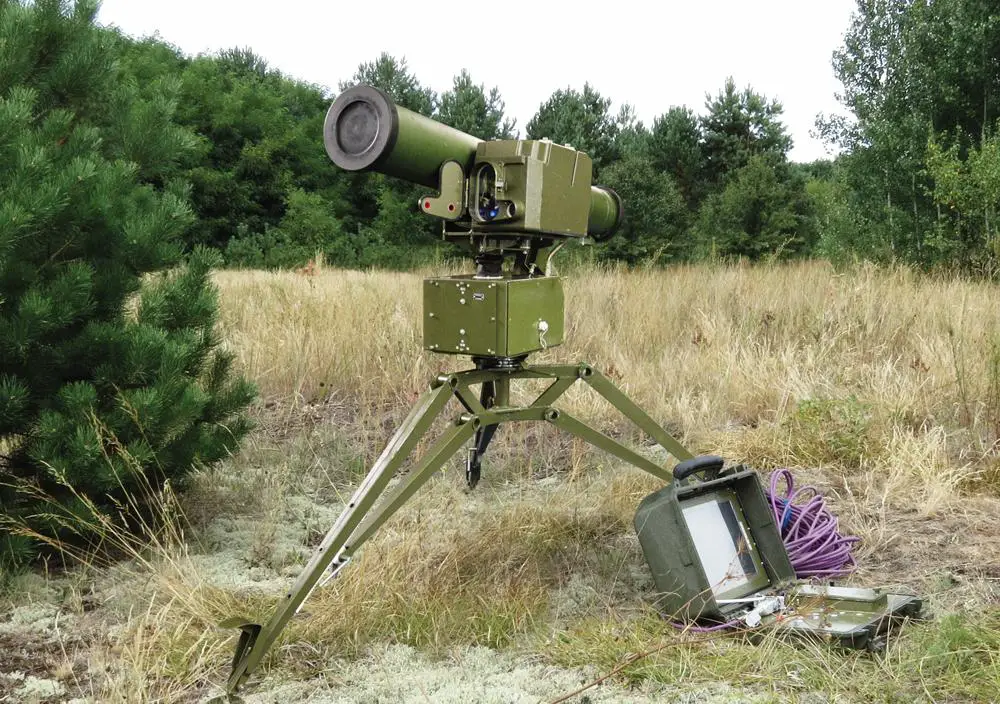A Russian Air Force Kamov Ka-52 Alligator attack helicopter has been shot down by soldiers from Ukrainian 95th Air Assault Brigade using an advanced Stugna-P missile weapon system. The Stugna-P (Scythian), also known as Skif in export modification, is a Ukrainian anti-tank guided missile (ATGM) system developed by the Luch Design Bureau. Its guidance device is developed and manufactured by Belarusian design bureau Peleng based in Minsk. Stugna-P developed by Kyiv-based LUCH design bureau to destroy manpower and stationary and mobile modern armored targets with combined, carried, or monolithic armor including ERA (explosive reactive armor) and also pinpoint targets like weapon emplacements, lightly armored objects and hovered helicopters at any time of day or night.

Ka-52 Alligator is an all-weather attack helicopter operated by the Russian Air Force. Developed by Kamov Design Bureau (part of Russian Helicopters), Ka-52 is a twin-seat variant of the Ka-50 attack helicopter. The starboard side of the fuselage is fitted with a NPPU-80 movable gun mount installed with 2A42 30mm automatic gun. The six wing-mounted external hardpoints can be attached with different combinations of weapons. The hardpoints can carry VIKHR anti-tank guided missiles (ATGM), ATAKA missiles with laser guidance system and B8V-20 rocket launchers for 80mm unguided S-8 rockets. VIKHR anti-tank missile has a range of eight to ten kilometres. The first Ka-52 helicopter was rolled out in December 1996. The helicopter completed its first flight in June 1997. The serial production of Ka-52 began in 2008 at Progress Arsenyev Aviation plant in the Primorye region of Russia.

The Skif consists of a tripod, missile container, PDU-215 remote control panel, guidance device and thermal imager. The laser-guided system has a range of 5800 meters and can penetrate armor up to 1100 millimeters thickness. The PDU-215 control panel is a briefcase-like laptop with a control panel, containing a small joystick and a flat-screen display to assist the missile’s guidance. Two firing modes are available: manual, and fire-and-forget. Fire-and-forget provides automatic control of the missile flight using a targeting laser beam. The PDU-215 allows the control of the unit from up to 50 meters away (with a wire channel). A three to four-person team is optimal for deploying the Skif, operators require specially-made backpacks. Once the missile is fired, the operator controls the Skif and corrects the aim when necessary, by using the joystick on the remote control.

The system comes complete with 130mm and 152mm caliber missiles in transport and launching containers. 130mm missiles with RK-2S and RK-2OF warheads. Tandem charge HEAT RK-2S warheads might be able to counter medium weight main battle tanks such as the T-90A with penetration of 800mm behind ERA. RK-2M-K warheads might be able to counter heavy main battle tanks such as M1 Abrams with their penetration of 1100mm behind ERA. The system also includes HE-fragmentation RK-2OF and RK-2O-OF warheads to attack infantry positions and light armored vehicles. This or a very similar version is fielded in the Ukrainian armed forces as the Stugna-P. The system can use all four types of missiles without requiring modification. The system has a thermal imager for use during night operations.















